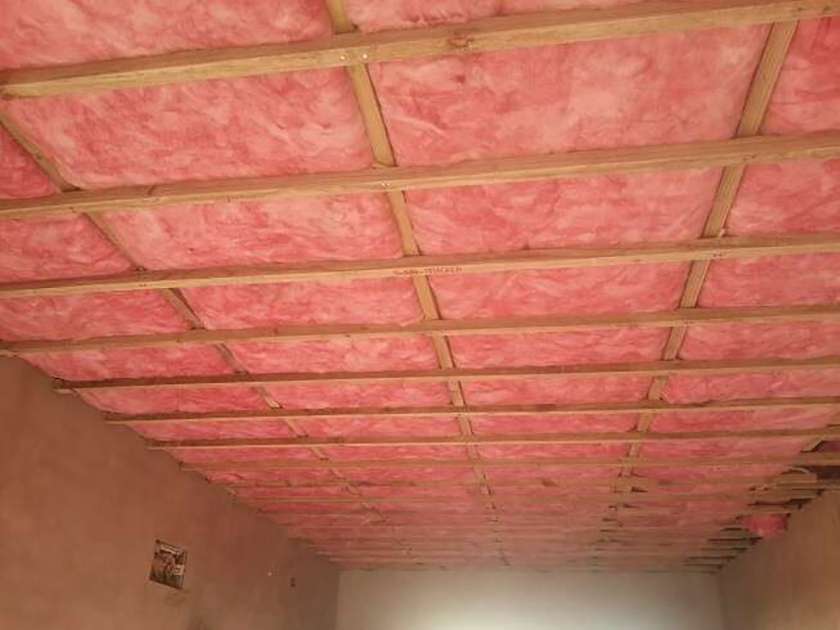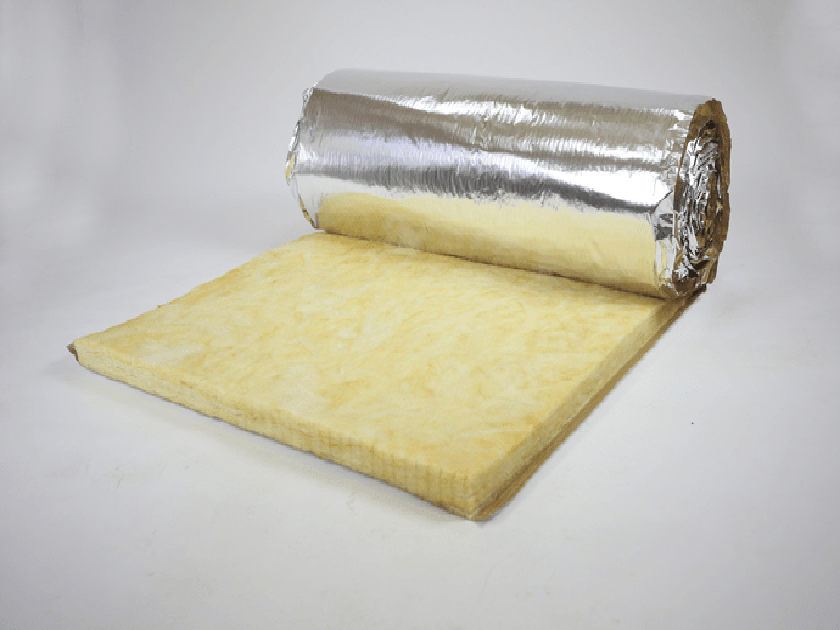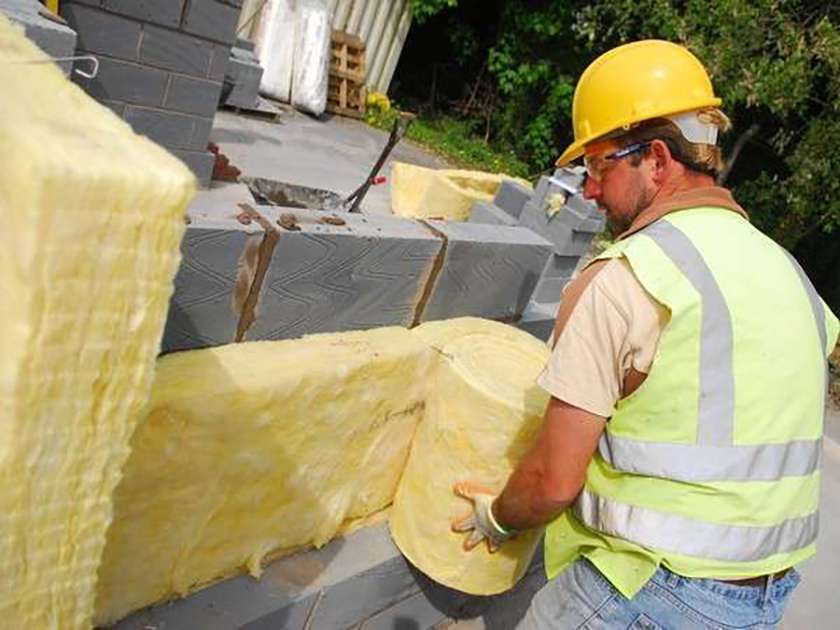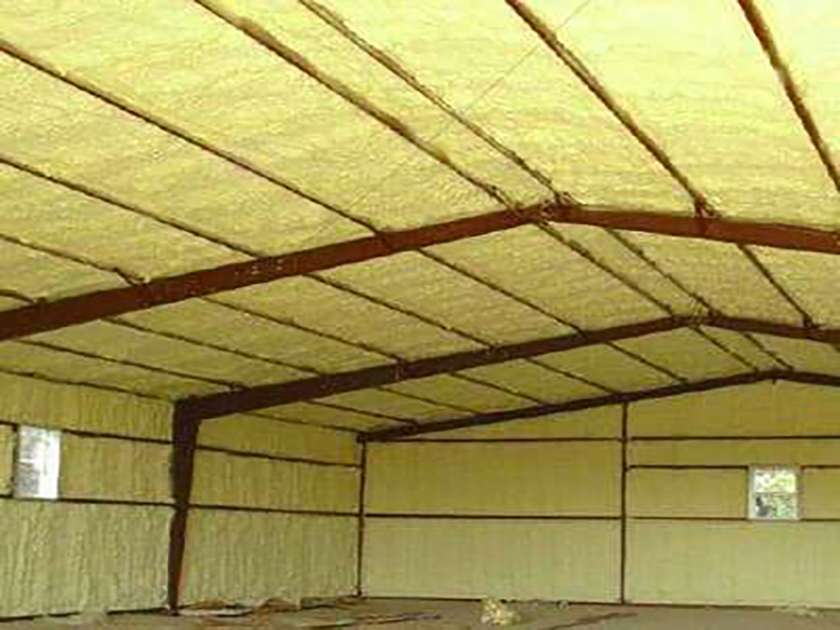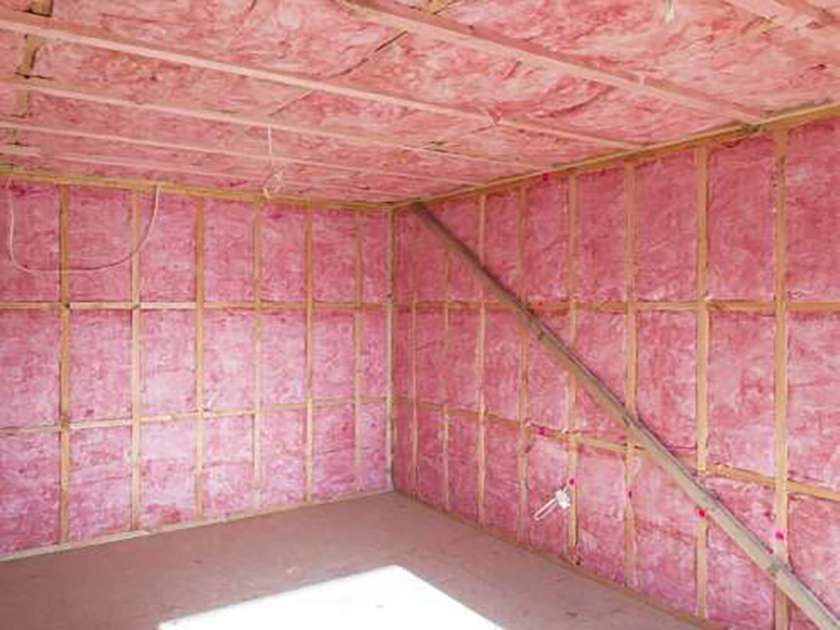Thermal & Acoustic Insulation Materials
Thermal insulation is a material that helps reduce of transfer of heat between objects. These materials are used all around you to keep heat from escaping or entering rooms or objects, and from protecting flammable objects from excess heat.
Types of Thermal & Acoustic Insulation Materials
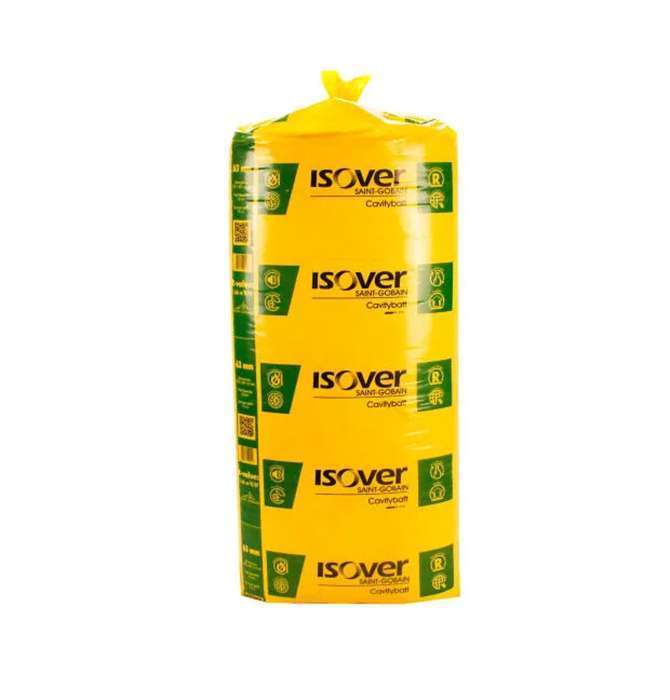
Cavitybatt Insulation
DESCRIPTION: Cavitybatt/Cavitylite is a unique glass wool wall insulation product from ISOVER, designed to insulate drywall systems. It is manufactured using high-quality glass wool and is glass tissue faced on one side for ease of handling and improved rigidity.
USES:
- Steel frame buildings.
- Timber frame structures.
- Drywall systems.
- Designed for use in cavity walls but may be effective.
- Be used on top of ceilings, along the roofline, or within masonry wall cavities.
BENEFITS:
- Lifelong energy savings.
- Exceptional acoustic properties.
- Lightweight and easy to handle.
- Maintenance free.
- Long product life – will not readily age.
- Self-supporting – will not sag.
- Compression packed – to reduce volume and optimize transport and storage.
- High tear strength yet readily cut with a sharp blade.
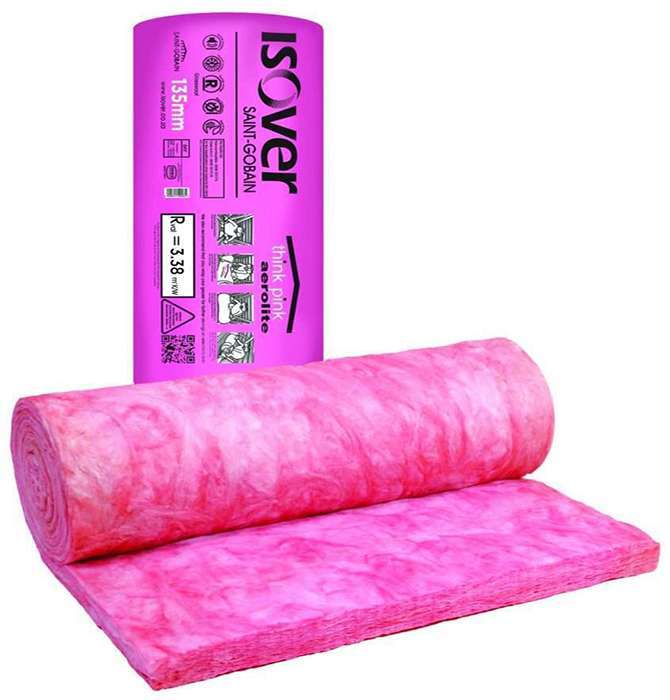
Aerolite Insulation
DESCRIPTION: Aerolite insulation is a soft, pink, fiberglass insulation product made out of sand and post-consumer glass. It’s non-combustible and used to save energy while keeping the temperature in your home more consistent throughout the year. Glass wool insulation has excellent acoustic and thermal properties.
USES:
- Residential buildings.
- Retrofit existing homes.
- Top up insulation.
- Non-residential buildings.
BENEFITS:
- Softer and simpler to install.
- Better insulation, greater savings.
- Environmentally friendly recycled glass.
- Does not burn or spread the fire.
- Compressed roll, same great coverage.
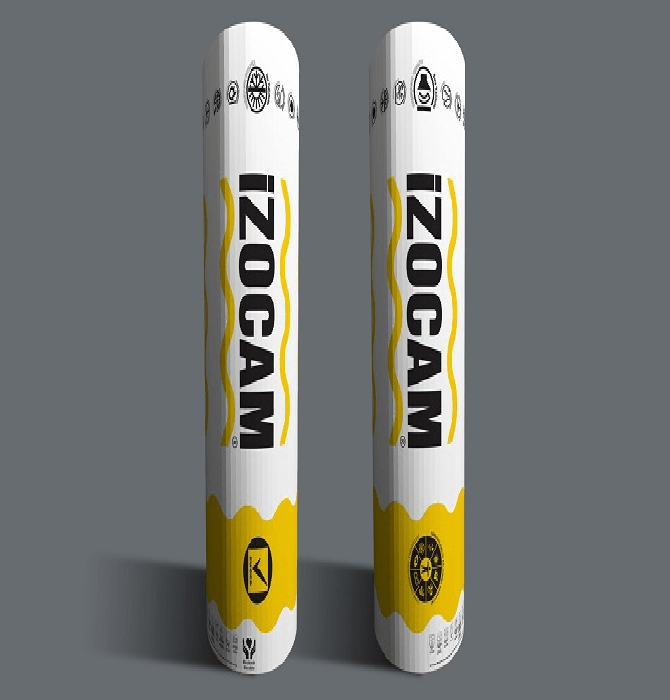
Duct Blanket
DESCRIPTION: It is a glass wool blanket faced with aluminum foil on one side with 5cm flaps along the edges.
USES: It is used for the external thermal insulation of ventilating and air conditioning ducts.
BENEFITS:
- Saves energy and helps make the building more energy-efficient.
- Duct insulation helps prevent condensation problems.
- Duct insulation helps prevent duct sweating.

